| SDS #: 859 Revision Date: September 1, 2015 ZincFlinn Scientific, Inc. P.O. Box 219, Batavia, IL 60510 (800) 452-1261Chemtrec Emergency Phone Number: (800) 424-10496 Signal Word This chemical is considered nonhazardous according to GHS classifications for the Hazard Communication Standard. Treat all laboratory chemicals with caution. As shipped, no adverse effects or dangers are associated with zinc in the form of a shot, sheet, foil, or granular. Combustible hazards are associated with the dust or powdered forms. Pictograms
Call a POISON CENTER or physician if you feel unwell. Nonflammable solid. NFPA Code None established Sweep up, place in sealed bag or container and dispose. Ventilate area and wash spill site after material pickup is complete. See Sections 8 and 13 for further information. Flinn Suggested Chemical Storage Pattern: Inorganic #1. Store with metals and metal hydrides. Wear protective gloves, protective clothing, and eye protection. Wash hands thoroughly after handling. Shiny white metal with bluish-gray luster. Forms: granular, Boiling point: 908 °C Avoid strong acids, strong bases, cadmium, sulfur chlorinated solvents, amines, and carbon disulfide. Avoid any source of flame for zinc dust only! Zinc dust can spontaneously combust when in contact with moisture. Acute effects: Dust may cause lung irritations. ORL-RAT LD50: N.A. Data not yet available. Please review all federal, state and local regulations that may apply before proceeding. Shipping name: Not regulated. Hazard class: N/A. UN number: N/A. TSCA-listed, EINECS-listed (231-175-3). This Safety Data Sheet (SDS) is for guidance and is based upon information and tests believed to be reliable. Flinn Scientific, Inc. makes no guarantee of the accuracy or completeness of the data and shall not be liable for any damages relating thereto. The data is offered solely for your consideration, investigation, and verification. Consult your copy of the Flinn Science Catalog/Reference Manual for additional information about laboratory chemicals. |
SAFETY DATA SHEET
1 PRODUCT AND SUPPLIER IDENTIFICATION
Product Name: Zinc - shot, sheet, foil, wire, rod, pellets, target
Formula: Zn
Supplier: ESPI Metals
1050 Benson Way
Ashland, OR 97520
Telephone: 800-638-2581
Fax: 541-488-8313
Email: This email address is being protected from spambots. You need JavaScript enabled to view it.
Emergency: Infotrac 800-535-5053 (US) or 352-323-3500 (24 hour)
Recommended Uses: Scientific Research
2 HAZARDS IDENTIFICATION
GHS Classification (29 CFR 1910.1200): Not classified as hazardous
GHS Label Elements:
Signal Word: N/A
Hazard Statements: N/A
Precautionary Statements: N/A
3 COMPOSITION/INFORMATION ON INGREDIENTS
Ingredient: Zinc
CAS#: 7440-66-6
%: 100
EC#: 231-175-3
4 FIRST AID MEASURES
General Measures: No special requirements.
INHALATION: Remove to fresh air, keep warm and quiet, give oxygen if breathing is difficult. Seek medical attention.
INGESTION: Rinse mouth with water. Do not induce vomiting. Seek medical attention. Never induce vomiting or give anything by mouth to an unconscious person.
SKIN: Remove contaminated clothing, brush material off skin, wash affected area with soap and water. Seek medical attention if symptoms develop or persist.
EYES: Flush eyes with lukewarm water, including under upper and lower eyelids, for at least 15 minutes. Seek medical attention if symptoms develop or persist.
Most Important Symptoms/Effects, Acute and Delayed: May cause irritation. See section 11 for more information.
Indication of Immediate Medical Attention and Special Treatment: No other relevant information available.
5 FIREFIGHTING MEASURES
Extinguishing Media: Use suitable extinguishing media for surrounding material and type of fire.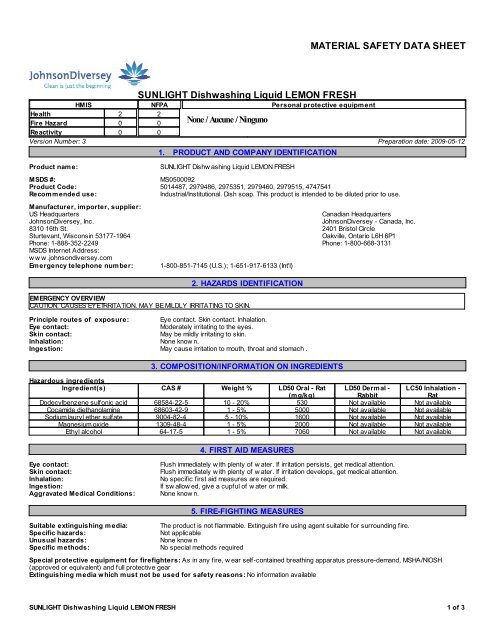
Unsuitable Extinguishing Media: Do not use water, carbon dioxide or halogenated extinguishers on molten or burning metal.
Specific Hazards Arising from the Material: This product does not present fire or explosion hazards as shipped. Dust from processing, dispersed in air in sufficient concentrations, and in the presence of an ignition source, is a weak dust explosion hazard. May emit toxic metal oxide fumes under fire conditions.
Special Protective Equipment and Precautions for Firefighters: Full face, self-contained breathing apparatus and full protective clothing when necessary.
6 ACCIDENTAL RELEASE MEASURES
Personal Precautions, Protective Equipment, and Emergency Procedures: Wear appropriate respiratory and protective equipment specified in section 8. Isolate spill area and provide ventilation. Avoid breathing dust or fume. Avoid contact with skin and eyes. Eliminate all sources of ignition.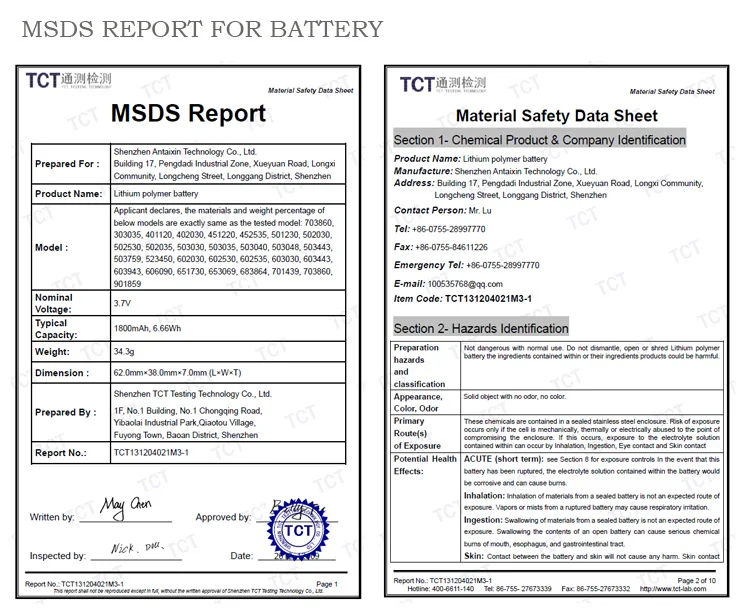
Methods and Materials for Containment and Cleaning Up: Avoid dust formation. Sweep or scoop up. Place in properly labeled closed container for further handling and disposal.
Environmental Precautions: Do not allow to be released to the environment.
7 HANDLING AND STORAGE
Precautions for Safe Handling: Avoid creating dust as dusts may present a fire hazard. Avoid breathing dust or fumes. Provide adequate ventilation if dusts are created. Avoid contact with skin and eyes. Wash thoroughly before eating or smoking. See section 8 for information on personal protection equipment.
Conditions for Safe Storage: Store in a cool, dry area. Store away from oxidizers. See section 10 for more information on incompatible materials.
8 EXPOSURE CONTROLS AND PERSONAL PROTECTION
Exposure Limits: Zinc
OSHA/PEL: No exposure limit established
ACGIH/TLV: No exposure limit established
Engineering Controls: Ensure adequate ventilation to maintain exposures below occupational limits.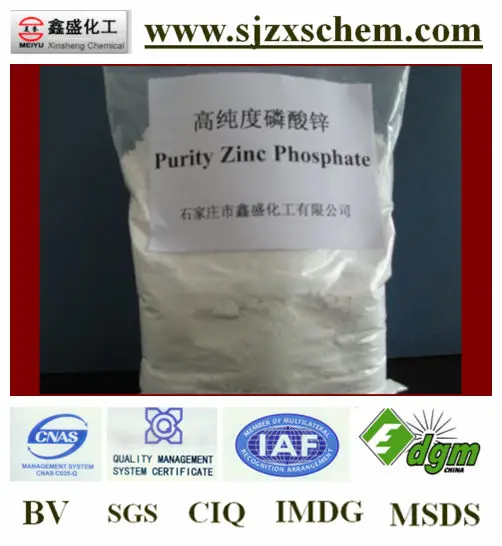 Whenever possible the use of local exhaust ventilation or other engineering controls is the preferred method of controlling exposure to airborne dust and fume to meet established occupational exposure limits. Use good housekeeping and sanitation practices. Do not allow dusts to accumulate as they may present a fire hazard. Do not use tobacco or food in work area. Wash thoroughly before eating or smoking. Do not blow dust off clothing or skin with compressed air.
Whenever possible the use of local exhaust ventilation or other engineering controls is the preferred method of controlling exposure to airborne dust and fume to meet established occupational exposure limits. Use good housekeeping and sanitation practices. Do not allow dusts to accumulate as they may present a fire hazard. Do not use tobacco or food in work area. Wash thoroughly before eating or smoking. Do not blow dust off clothing or skin with compressed air.
Respiratory Protection: If permissible levels are exceeded, use NIOSH approved dust respirator.
Eye Protection: Safety glasses
Skin Protection: Wear impermeable gloves, protective work clothing as necessary.
9 PHYSICAL AND CHEMICAL PROPERTIES
Appearance:
Form: Solid in various forms
Color: Silver gray metallic
Odor: Odorless
Odor Threshold: Not determined
pH: N/A
Melting Point: 419.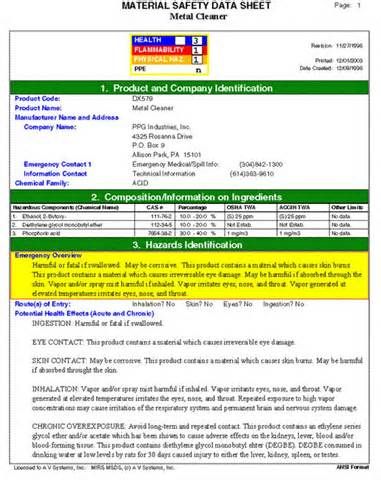 58 oC
58 oC
Boiling Point: 907 oC
Flash Point: N/A
Evaporation Rate: N/A
Flammability: No data
Upper Flammable Limit: No data
Lower Flammable Limit: No data
Vapor Pressure: 1 mm Hg @ 487 oC
Vapor Density: N/A
Relative Density (Specific Gravity): 7.14 g/cc
Solubility in H2O: Insoluble
Partition Coefficient (n-octanol/water): Not determined
Autoignition Temperature: No data
Decomposition Temperature: No data
Viscosity: N/A
10 STABILITY AND REACTIVITY
Reactivity: No data
Chemical Stability: Stable under recommended storage conditions.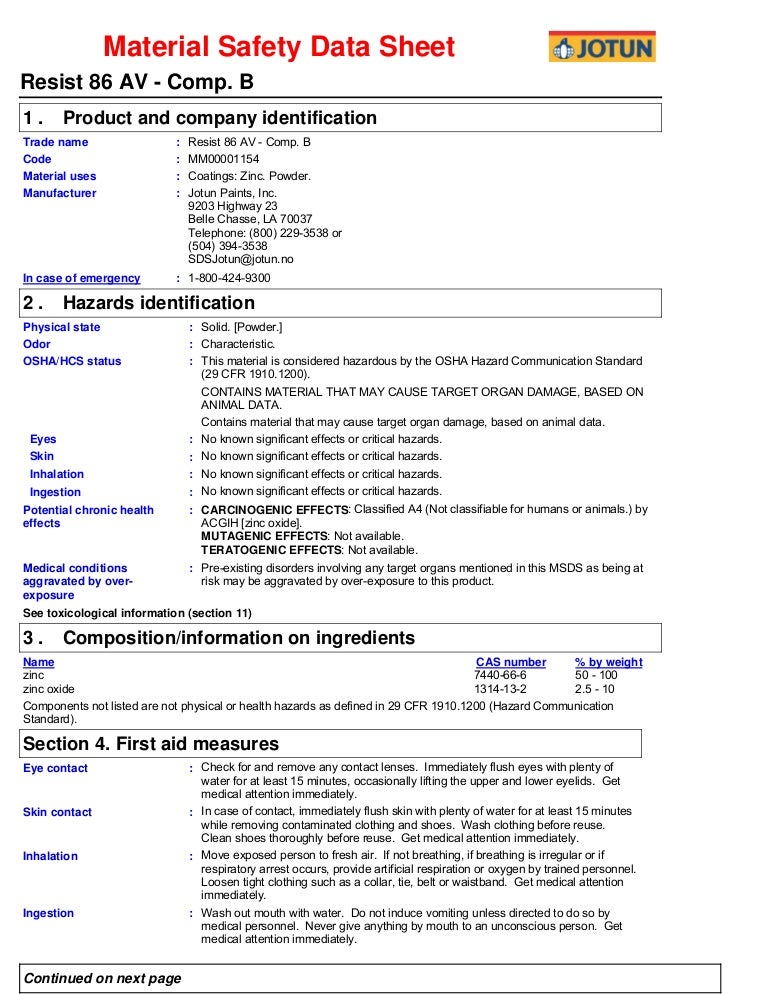
Possibility of Hazardous Reactions: Zinc metal will react with acids and strong alkalis to generate hydrogen gas.
Conditions to Avoid: Avoid creating or accumulating fines or dusts.
Incompatible Materials: Strong oxidizing agents such as chlorine, fluorine, bromine, sodium potassium or barium peroxide, sodium or potassium chlorate, chromium trioxide and fused ammonium nitrate. Elemental sulfur dust, halogenated hydrocarbons or chlorinated solvents and chlorinated rubber.
Hazardous Decomposition Products: Zinc oxide fume.
11 TOXICOLOGICAL INFORMATION
Likely Routes of Exposure: Inhalation, skin, eyes.
Symptoms of Exposure: May cause irritation if dusts or fumes are inhaled or swallowed. Fines/dusts may irritate skin and eyes.
Acute and Chronic Effects: Zinc is an essential trace element and necessary for human health. It is involved in the synthesis and metabolism of nutrients, cell and organ structure and integrity, cell division, immune function and wound healing.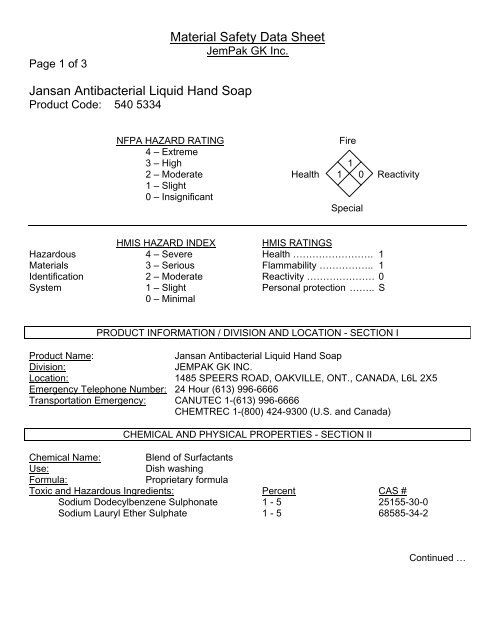 Acute ingestion of high amounts of zinc may cause nausea, vomiting, loss of appetite, abdominal cramps, diarrhea and headaches. Chronic ingestion of high amounts may cause copper deficiency, altered iron function and reduced immune function. Pure zinc powder, dust and fume are relatively nontoxic to humans by inhalation. Inhalation of fumes containing zinc oxide may cause metal fume fever. Symptoms include cough, shortness of breath, sore throat, chest pain, headache and fever.
Acute ingestion of high amounts of zinc may cause nausea, vomiting, loss of appetite, abdominal cramps, diarrhea and headaches. Chronic ingestion of high amounts may cause copper deficiency, altered iron function and reduced immune function. Pure zinc powder, dust and fume are relatively nontoxic to humans by inhalation. Inhalation of fumes containing zinc oxide may cause metal fume fever. Symptoms include cough, shortness of breath, sore throat, chest pain, headache and fever.
Acute Toxicity: No data
Carcinogenicity: NTP: Not identified as carcinogenic IARC: Not identified as carcinogenic
To the best of our knowledge the chemical, physical and toxicological characteristics of the substance are not fully known.
12 ECOLOGICAL INFORMATION
Ecotoxicity: No data
Persistence and Degradability: No data
Bioaccumulative Potential: No data
Mobility in Soil: No data
Other Adverse Effects: Do not allow material to be released to the environment without proper governmental permits.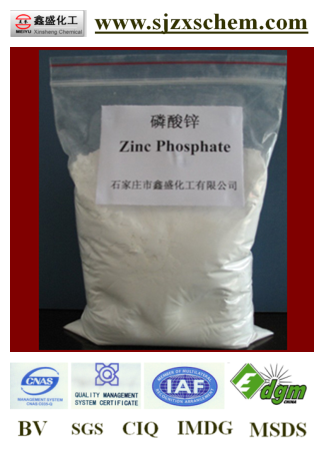 No further relevant information available.
No further relevant information available.
13 DISPOSAL CONSIDERATIONS
Waste Disposal Method:
Product: Dispose of in accordance with Federal, State and Local regulations.
Packaging: Dispose of in accordance with Federal, State and Local regulations.
14 TRANSPORT INFORMATION
Shipping Regulations: Not regulated
UN Number: N/A
UN Proper Shipping Name: N/A
Transport Hazard Class: N/A
Packing Group: N/A
Marine Pollutant: No
15 REGULATORY INFORMATION
TSCA Listed: All components are listed.
Regulation (EC) No 1272/2008 (CLP): Hazardous to the aquatic environment - acute hazard, category 1, Hazardous to the aquatic environment - chronic hazard, category 1.
Canada WHMIS Classification (CPR, SOR/88-66): N/A
HMIS Ratings: Health: 0 Flammability: 0 Physical: 0
NFPA Ratings: Health: 0 Flammability: 0 Instability: 0
Chemical Safety Assessment: A chemical safety assessment has not been carried out.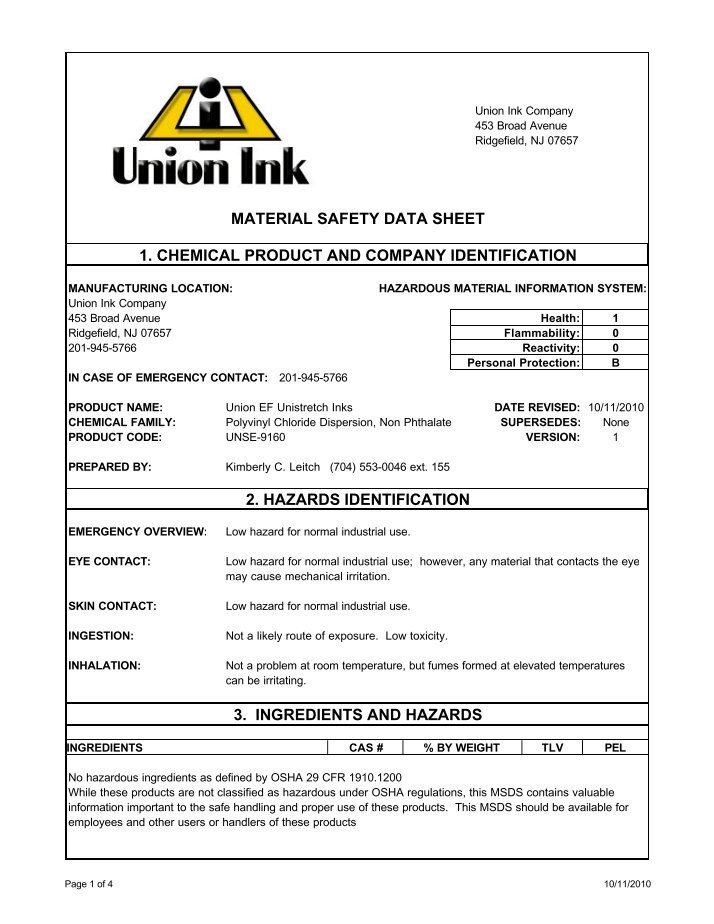
16 OTHER INFORMATION
The information contained in this document is based on the state of our knowledge at the time of publication and is believed to be correct, but does not purport to be all inclusive and shall be used only as a guide. ESPI Metals makes no representation, warranty, or guarantee of any kind with respect to the information contained in this document or any use of the product based on this information. ESPI Metals shall not be held liable for any damages resulting from handling or from contact with the above product. Users should satisfy themselves that they have all current data relevant to their particular use.
Prepared by: ESPI Metals
Revised/Reviewed: July 2015
Code base of TN VED → SECTION XV. Base metals and products from them → Zinc and products from it → Explanations
Note:
1.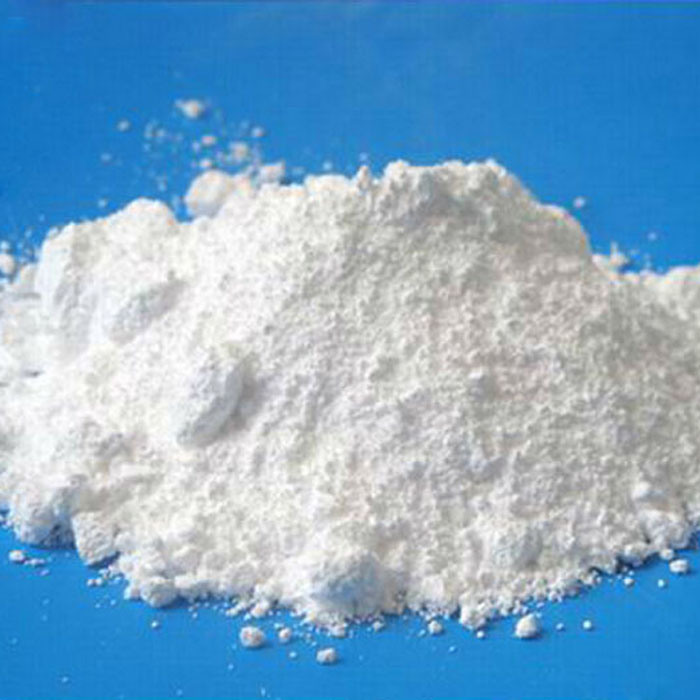 The terms used in this group mean:
The terms used in this group mean:
a) Bars - rolled, pressed, drawn or wrought products, not coiled and having a continuous cross-section of a constant length throughout its length, in the form of circles, ovals, rectangles (including squares), equilateral triangles or regular convex polygons (including "flattened circles" and "modified rectangles", two opposite sides which are convex arcs, and the other two are rectilinear, equal in length and parallel). Products with a rectangular (including square), triangular or polygonal cross-section may have corners rounded along the entire length of the product. The thickness of such products having a rectangular (including "modified rectangular") cross section exceeds 0.1 of their width. The term also applies to cast or sintered articles of the same shapes and dimensions, which have been subjected to post-production work (other than simple trimming or descaling), provided that they have not acquired the distinctive characteristics of articles of other headings.
b) Profiles - rolled, extruded, drawn, forged or shaped products, whether or not coiled, and having a constant cross-section along their entire length and not meeting the definitions of bars, wires, plates, sheets, strips or strips, foils, pipes or tubes. The term also applies to cast or sintered articles of the same shape which have been subjected to post-production work (other than simply trimming or descaling), provided that they have not thereby acquired the characteristics of articles of other headings.
c) Wire - rolled, extruded or drawn products in coils and having a constant continuous cross-section throughout the length in the form of circles, ovals, rectangles (including squares), equilateral triangles or regular convex polygons (including "flattened circles" and "modified rectangles", two opposite sides of which are convex arcs, and the other two are rectilinear, equal in length and parallel). Products with a rectangular (including square), triangular or polygonal cross-section may have corners rounded along the entire length of the product. The thickness of such products having a rectangular (including "modified rectangular") cross section exceeds 0.1 of their width.
The thickness of such products having a rectangular (including "modified rectangular") cross section exceeds 0.1 of their width.
d) Plates, sheets, strips or strips and foils - flat products (other than unworked products of heading 7901), whether or not coiled, and having a solid rectangular (other than square) cross-section with rounded or non-rounded corners (including "modified rectangles", two opposite sides of which are convex arcs, and the other two are rectilinear, equal in length and parallel), with a constant thickness, having:
- a rectangular (including square) shape with a thickness not exceeding 0.1 of the width;
- of a shape other than rectangular or square, of any size, provided that they have not thereby acquired the distinctive features characteristic of articles of other headings.
Heading 7905 includes, inter alia, boards, sheets, strips or strips and foils, having a relief surface (for example, grooves, protrusions, cages, rhombuses), as well as products, perforated, corrugated, polished or coated, when provided that they have not acquired the distinctive features characteristic of articles of other headings.
e) Pipes and tubes - hollow products, whether or not coiled and having a constant cross section with only one closed cavity along the entire length of the product in the form of circles, ovals, rectangles (including squares), equilateral triangles or regular convex polygons and having a constant wall thickness. Products with a cross section in the form of a rectangle (including a square), an equilateral triangle or a regular convex polygon, which may have corners rounded along the entire length of the product, should also be classified as pipes and tubes if their inner and outer cross sections are concentric and have one the same shape and orientation. Pipes and tubes having the above cross-sections may be polished, coated, bent, threaded, drilled, tapered, expanded, tapered, or end-faced with flanges, collars or rings.
Subheading Note:
1. The terms used in this Chapter mean:
(a) Zinc, unalloyed, a metal containing not less than 97.5% by weight of zinc.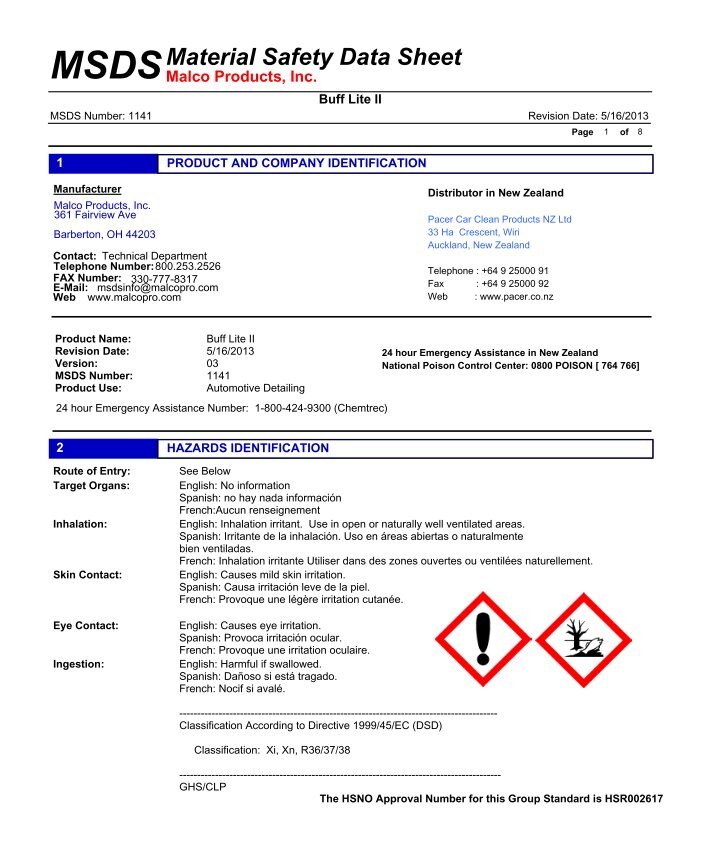
b) Zinc alloys - metal alloys in which the mass content of zinc exceeds the mass content of any other element contained in the alloy, but the total content of all other elements is more than 2.5 wt.%.
c) Zinc dust - dust obtained by condensation of zinc vapor and consisting of spherical particles smaller than the particles of zinc powders. Not less than 80 wt.% of zinc dust particles pass through a sieve with cells of 63 microns (microns). Zinc dust must contain at least 85% by weight of metallic zinc.
This Chapter includes zinc, zinc alloys and articles thereof.
Zinc is predominantly isolated from sulfide ore (zinc blende or sphalerite), although carbonate and silicate ores (smithsonite, hemimorphite, etc.) are also used (see Explanatory Note to heading 2608).
In all cases, the ore is first beneficiated and then roasted or calcined to obtain zinc oxide (in the case of sulfide and carbonate ores) or anhydrous zinc silicate (in the case of silicate ores).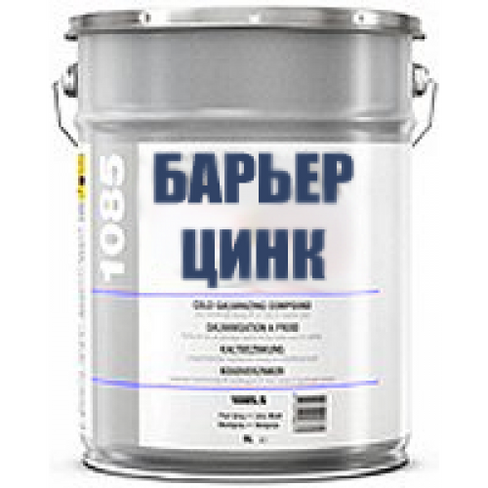 Zinc is isolated from these substances by thermal reduction or (with the exception of silicate ores) by electrolysis.
Zinc is isolated from these substances by thermal reduction or (with the exception of silicate ores) by electrolysis.
I. Thermal reduction is carried out by heating zinc oxide or silicate in the presence of coke in a closed retort. The heating temperature causes the zinc to evaporate, which is deposited in the capacitors, where most of the metal is collected as "zinc solder". This contaminated zinc can be used directly for galvanization or can be purified by various methods.
Some contaminated zinc may be deposited in retort extensions as a very fine powder known as zinc dust or blue powder.
A modern modification of the process is based on continuous zinc oxide reduction and zinc precipitation in vertical retorts. This process produces a very pure metal suitable for injection molding alloys.
II. Electrolysis. Zinc oxide dissolves in sulfuric acid solution. The resulting zinc sulfate solution is thoroughly purified to remove cadmium, iron, copper, etc.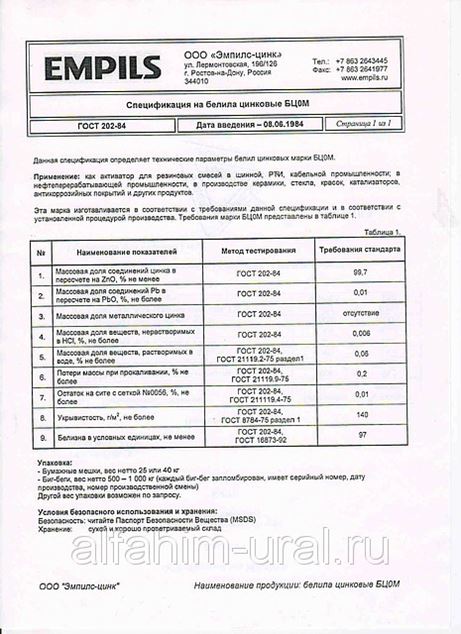 , and then subjected to electrolysis to obtain ultra-pure zinc.
, and then subjected to electrolysis to obtain ultra-pure zinc.
Zinc is also obtained by remelting zinc waste and scrap.
Zinc is a bluish-white metal that can be rolled, drawn, stamped, extruded, etc. at the right temperature, and is also easy to cast. It has good atmospheric corrosion resistance and is therefore used in construction (e.g. for roofing) and for making protective coatings on other metals, especially iron and steel (e.g. by galvanization, electroplating, zinc diffusion, painting, spraying).
Zinc is also used to produce alloys; many of them (for example, bronze) contain predominantly other metals, but the following are the main zinc alloys, which, in accordance with Note 5 to Section XV, are classified in this Chapter:
(1) Zinc-aluminum alloys, usually with additions of copper or magnesium used for injection molding, especially for car parts (carburetor body, radiator grille, dashboard, etc.), for bicycle parts (pedals, dynamo body, etc.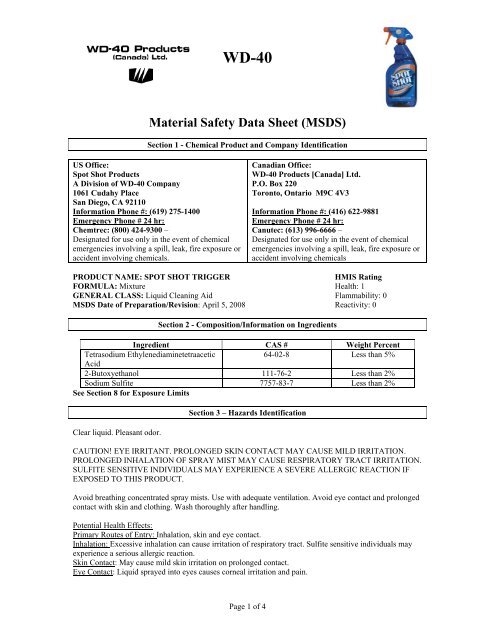 ), for radio parts, refrigerator parts, etc. Alloys of similar metals are used to produce sheets that are stronger than ordinary zinc; for pressing tools and as cathodic protection of anodes (sacrificial anodes), to protect pipelines, capacitors, etc., against corrosion.
), for radio parts, refrigerator parts, etc. Alloys of similar metals are used to produce sheets that are stronger than ordinary zinc; for pressing tools and as cathodic protection of anodes (sacrificial anodes), to protect pipelines, capacitors, etc., against corrosion.
(2) Zinc-copper alloys for casting, stamping, etc. See Subheading Notes 1(a) and 1(b) concerning the ratio between zinc and zinc alloys.
This group includes:
(A) Ingots and blister zinc, waste and scrap (headings 7901 and 7902).
(B) Zinc dust, powders and flakes (heading 7903).
(B) Articles made principally by rolling, drawing or extrusion of unwrought zinc of heading 7901 (headings 7904 and 7905).
(D) Pipes and tubes and their fittings (heading 7906), articles of heading 7907, which covers all other zinc articles, other than those of Note 1 to Section XV, which are included in group 82 or 83, or which are specifically mentioned elsewhere in the nomenclature.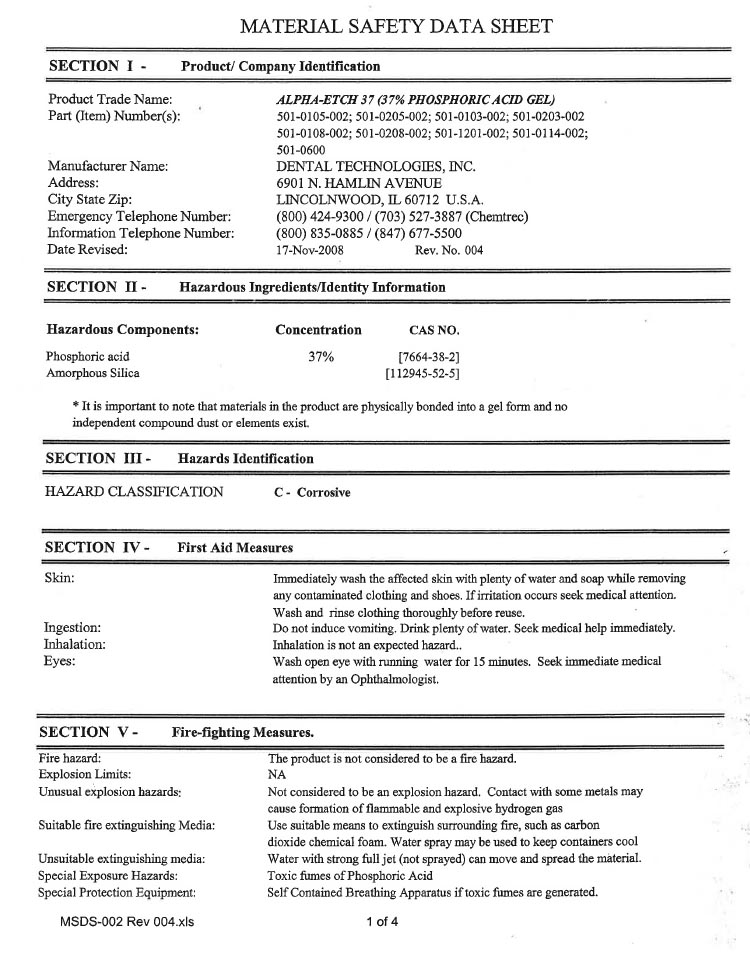
Zinc products can be subjected to various types of treatment to improve the properties or appearance of the metal, etc. These types of treatment are mainly noted at the end of the general provisions of the Explanatory Note to Chapter 72 and do not affect the classification of products.
The classification of composite products is presented in the general provisions of the Explanatory Note to Section XV.
Company TechAerosol is an importer and distributor of technical aerosols, chemicals and industrial solutions from Europe.
As a distributor of many international manufacturers, we quickly and efficiently process applications for chemical products, carry out projects for the supply of tools and industrial solutions to enterprises in many segments: from the food industry to factories related to electronics; services, seaports, installation services and many others.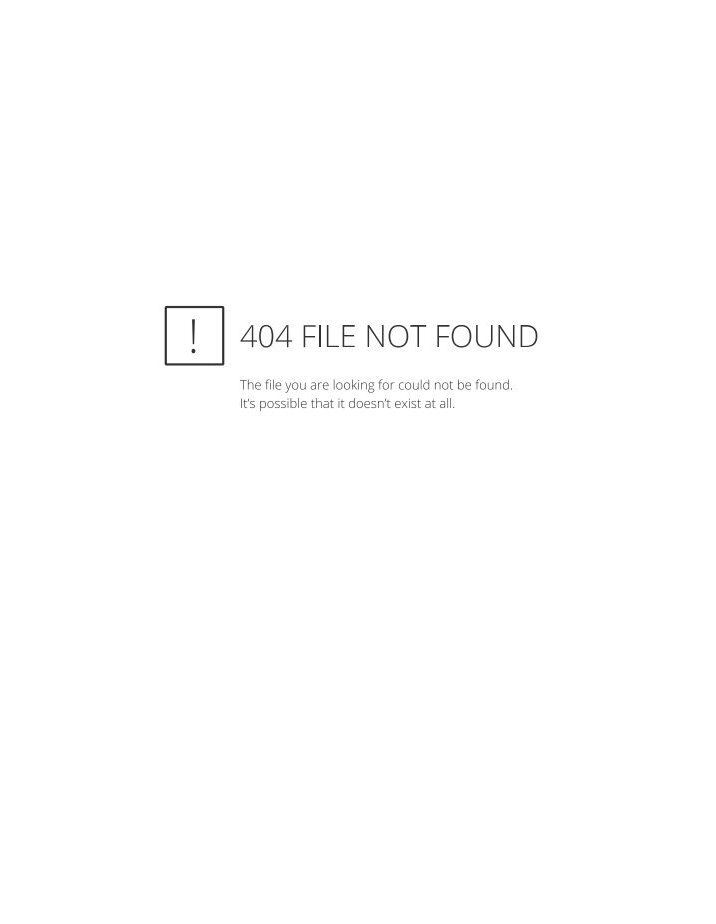
Thanks to transport companies, we promptly deliver products throughout Russia.
We are trusted by: RosAtom structures, the Central Bank of the Russian Federation, Kamaz PJSC, Severstal, Ilim Group OJSC, Klimov JSC, Power Machines PJSC, Petersburg Tractor Plant, Rusal, VGTRK, contractors of the Lakhta Center tower.
Our company is the exclusive distributor of PRF technical aerosols of the Finnish company Taerosol Oy, which has been producing technical aerosols for 50 years. PRF for industrial and electronic applications.
| Top quality ________ | Efficiency ________ | Favorable conditions ________ | |||
|---|---|---|---|---|---|
| Products from Europe - quality assurance | Fast processing and delivery of goods in a short time | Direct deliveries, favorable prices | |||
| Official deliveries, product certificates | Large stock available | Travel expenses may be reimbursed | |||
| Goods will do the job perfectly | We deliver across Russia and the EAEU TK Business Lines, SDEK | Payment by installments for regular partners is possible | |||
Requested page "/%25d0%25bf%25d1%2580%25d0%25be%25d0%25bc%25d1%258b%25d1%2588%25d0 %25d0%25b5%25d0%25bd%25d0%25bd%25d0%25b0%25d1%258f-%25d1%2585%25d0%25b8%25d0%25bc%25d0%25b8%25d1%258f/%25d0%25b7%25d0%25b0 %25d1%2589%25d0%25b8%25d1%2582%25d0%25bd%25d1%258b%25d0%25b5/%25d1%2581%25d0%25bf%25d1%2580%25d0%25b5%25d0%25b9-%25d1%2586 %25d0%25b8%25d0%25bd%25d0%25ba-%25d1%2581%25d0%25b5%25d1%2580%25d1%258b%25d0%25b9" not found.
The products offered by us guarantee you the receipt of the original product, issued in accordance with the legislation of the Russian Federation. Upon request, you can be provided with all the necessary certificates.
PRF products from Taerosol Oy have ISO quality management system certificates 9001, ISO 14001 environmental management and ISO 22716 (GMP) cosmetics management certified by DNV (Det Norske Veritas)
The PRF range includes lubricants with food approval h2, 3H, registered by InS. These products can be used in all food, dairy and brewing industries.
|
Certificate of official distributor |
Quality certificates ISO 9001/14001/22716 |
InS h2 food approval certificates |
You can place your order in the following ways:
- send an order to the sales department by e-mail to: sale@techaerosol. ru
ru
- call the sales department by phone +7 (812) 908 -80-81
- select a product in the electronic catalog of the site and place an order through the "Basket" section
- through the feedback in the "Contacts" section
We work only with legal entities. Payment - non-cash bank transfer.
Send us your company details with your order, the sales department will issue you an invoice and send it by e-mail.
Delivery methods - delivery across Russia TK "Delovye Linii" (calculated by the manager)
Free delivery to the terminal in St. Petersburg
- collection from the pickup point (preliminary approval is required)
You pick up the goods yourself from our warehouse at the address: St. Petersburg, B. Porokhovskaya st. day).
Please note that delivery is carried out from 10-00 to 18-00 on weekdays.
Other delivery terms are calculated by the manager separately.
- delivery by courier company SDEK
Possible to almost all cities of Russia: St. Petersburg, Moscow, Nizhny Novgorod, Kaluga, Yaroslavl, Kostroma, Orel, Bryansk, Tver, Vologda, Ivanovo, Vladimir, Yekaterinburg, Chelyabinsk, etc.
Petersburg, Moscow, Nizhny Novgorod, Kaluga, Yaroslavl, Kostroma, Orel, Bryansk, Tver, Vologda, Ivanovo, Vladimir, Yekaterinburg, Chelyabinsk, etc.
- if you want to use other payment or delivery options for your order, please contact us.
All goods are checked for integrity before shipment and are accompanied by all necessary documents
Prices and discountsThe catalog contains ruble retail prices per piece including VAT. For terms of obtaining wholesale prices, additional discounts and other changes in the standard settlement scheme, please contact [email protected] or call +7 (812) 908-80-81
| +7 (812) 908-80-81 | Our contact details | Official dealer in Kazakhstan |
| [email protected] | Rodis Ltd. | Nordtech Kazakhstan LLP |
| 195176, St. |